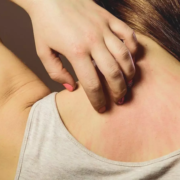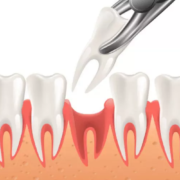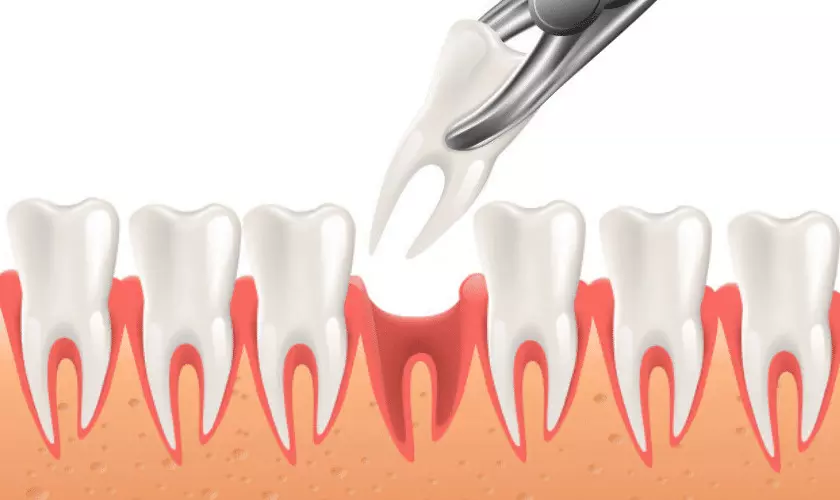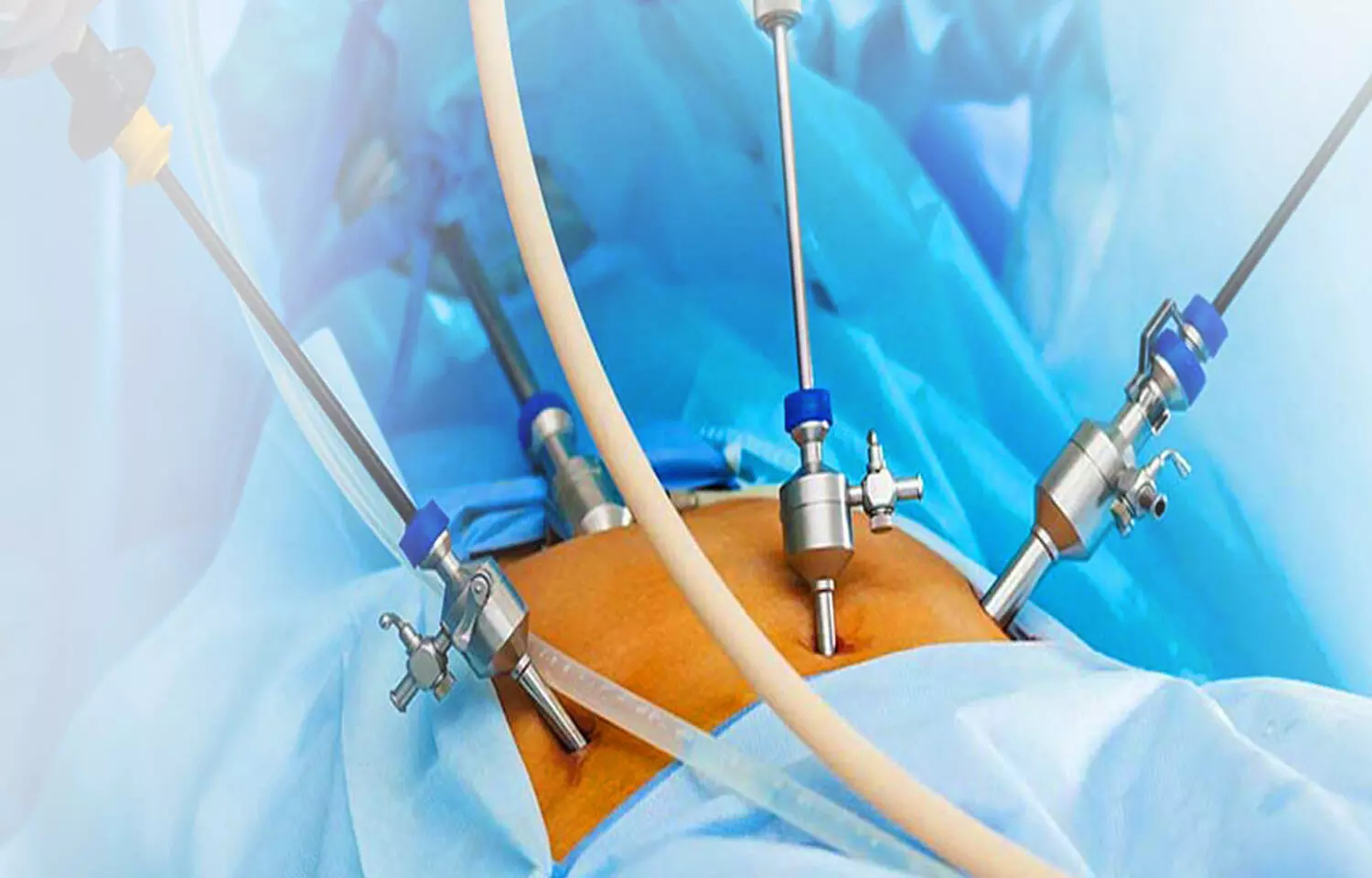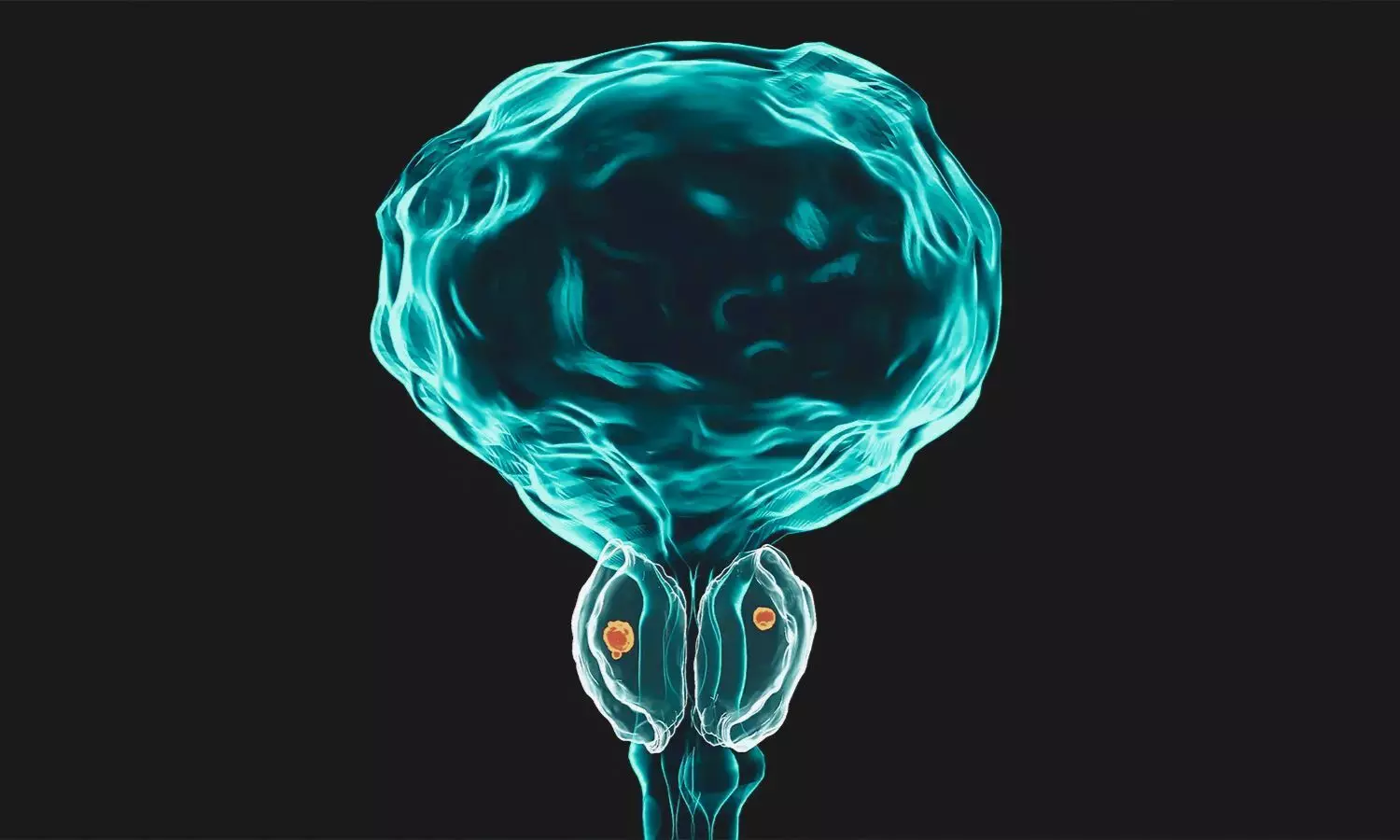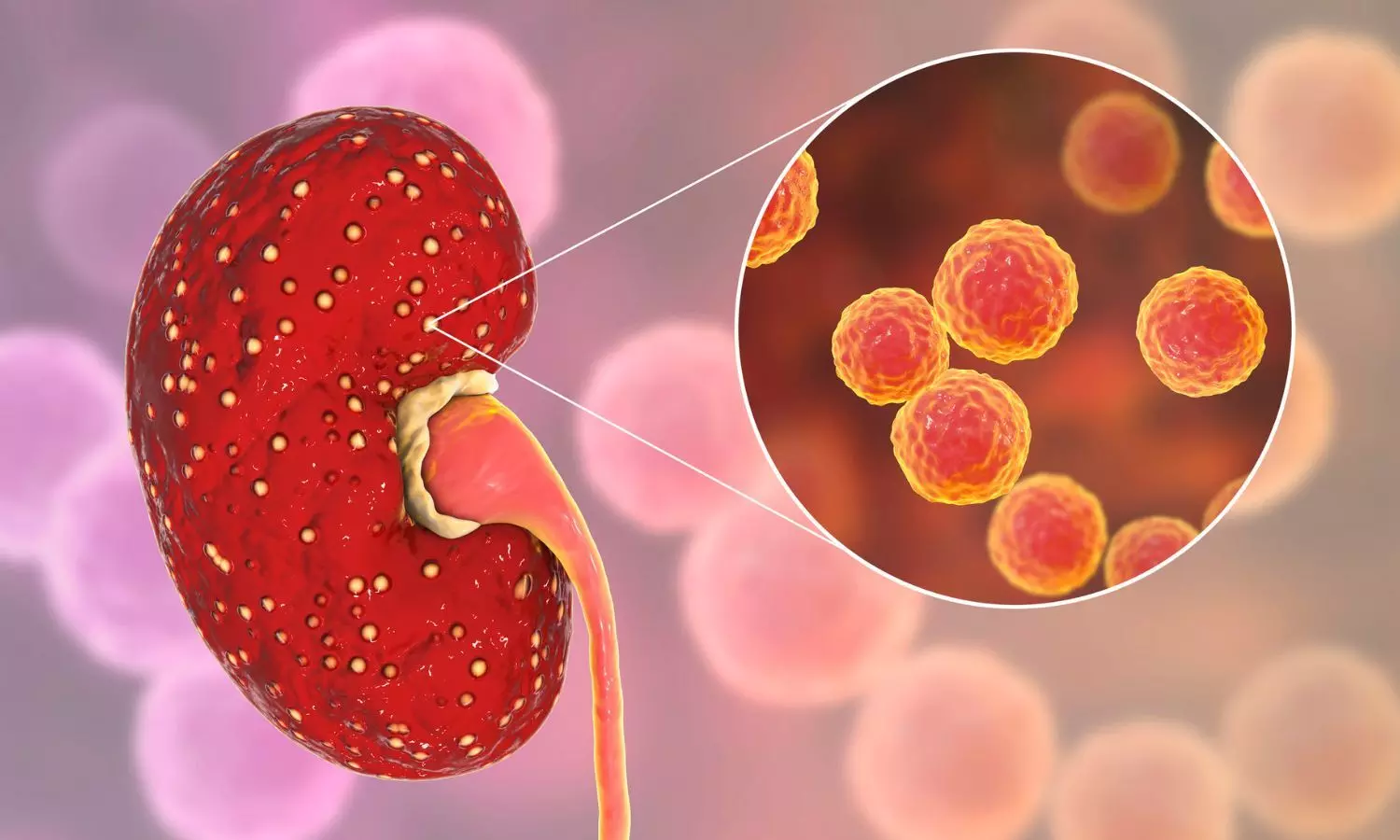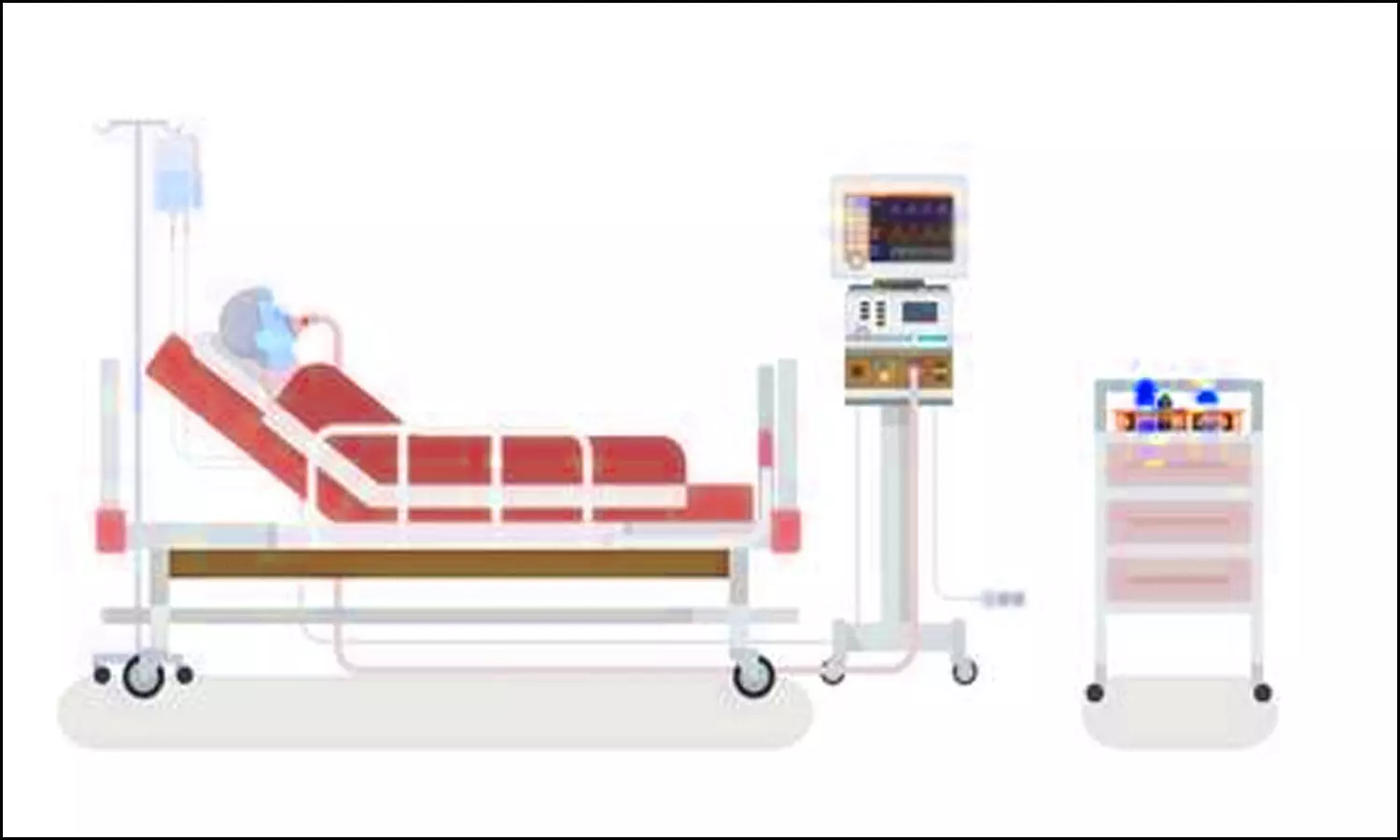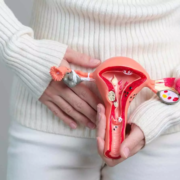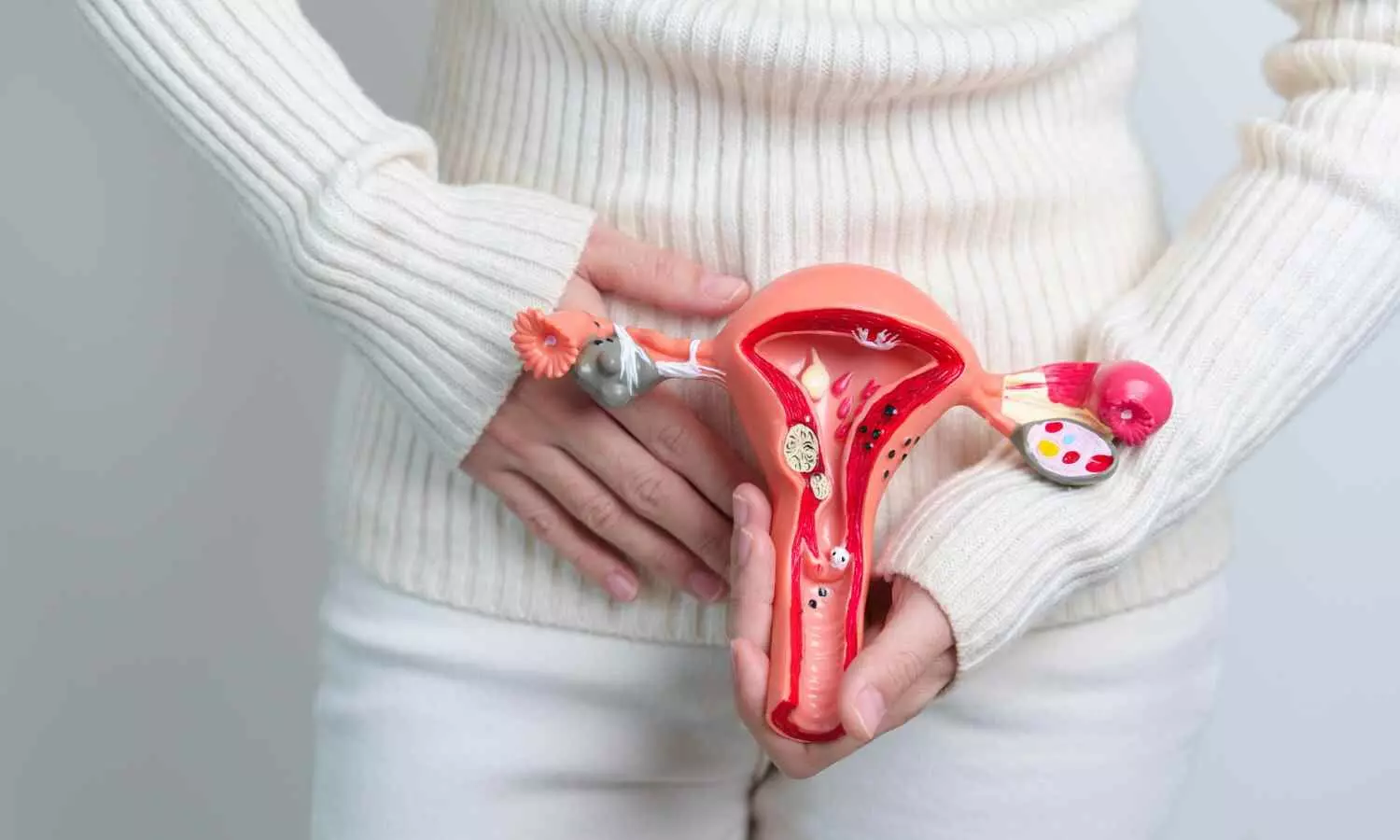Hydroxychloroquine Fails to Lower Pre-eclampsia Risk in Women with Lupus, Study Finds

USA: A recent study examining the effects of hydroxychloroquine (HCQ) on pre-eclampsia in a diverse cohort of women with systemic lupus erythematosus (SLE) has provided critical insights, although it has not demonstrated a reduced risk of pre-eclampsia or eclampsia linked to the use of this medication.
“Although this study did not demonstrate a reduced risk of pre-eclampsia or eclampsia associated with HCQ, the presence of residual confounding factors may be masking the effect, even within an integrated healthcare delivery system that provides comprehensive clinical data,” the researchers reported in Arthritis Care & Research.
Hydroxychloroquine is commonly prescribed for SLE, a chronic autoimmune condition that disproportionately affects women and is associated with various complications during pregnancy. Pregnant women with SLE are already at an elevated risk for developing pre-eclampsia, a serious condition characterized by high blood pressure and signs of damage to other organ systems, often requiring careful management. Given the potential benefits of HCQ in reducing flares of lupus and its anti-inflammatory properties, Julia F. Simard, Stanford University School of Medicine, Stanford, California, and colleagues investigated whether HCQ treatment in early pregnancy reduced the risk of pre-eclampsia or eclampsia using a cohort of pregnant patients with prevalent SLE at Kaiser Permanente Northern California (KPNC).
For this purpose, the researchers evaluated pregnant patients with SLE from 2011 to 2020, focusing on HCQ treatment from three months before pregnancy through the first trimester. HCQ exposure was assessed in various ways to account for treatment adherence and duration.
Propensity scores were utilized to address multiple confounding factors, while modified Poisson models estimated risk ratios (RRs) to explore the association between HCQ treatment and the incidence of pre-eclampsia or eclampsia. The researchers also conducted stratified analyses to examine how pregestational hypertension, history of nephritis, and antiphospholipid antibody (aPL) status might modify the effects.
The researchers reported the following findings:
- There were 399 pregnancies among 324 patients with SLE at KPNC between 2011 and 2020.
- Considering multiple exposure definitions, the researchers consistently found a null association between HCQ and pre-eclampsia or eclampsia.
- The RRs were consistently lower among nullipara patients, and RRs were consistently protective but not statistically significant among the high-risk subgroup of patients with a history of nephritis, aPL positivity, or pregestational hypertension (for both nullipara and multipara patients).
The authors conclude that their findings align with those of other studies, which have also reported null results or protective relative risks regarding hydroxychloroquine and its impact on pre-eclampsia and eclampsia. Despite a substantial initial population, the study was underpowered to fully evaluate several prespecified research questions concerning effect modification and stratified analyses.
“While results from these analyses are presented for transparency, interpret them with caution,” the researchers wrote.
Although the study did not demonstrate a reduced risk of HCQ on pre-eclampsia or eclampsia, the authors acknowledge that residual confounding could be influencing the observed outcomes, even within a comprehensive healthcare setting with detailed clinical data.
Reference:
Simard, J. F., Liu, E. F., Rector, A., Cantu, M., Chakravarty, E., Druzin, M., Kuo, D. Z., Shaw, G. M., Weisman, M., & Hedderson, M. (2024). Hydroxychloroquine and Pre-eclampsia in a Diverse Cohort of Women With Systemic Lupus Erythematosus. Arthritis Care & Research, 76(10), 1390-1395. https://doi.org/10.1002/acr.25386
Powered by WPeMatico

